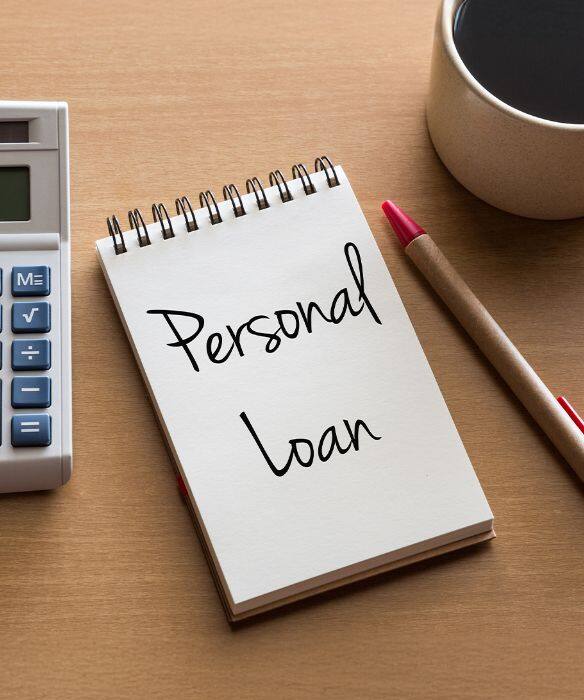Stay logged in to proceed with bookings, orders and offers.
On changing the terminal, you will loose items in your cart. Are you sure you want to change your terminal?
Overdraft vs Personal-Loan: A comprehensive guide to the comparative features
In an unpredictable and fast life scenario nowadays, a sudden exigency or an unforeseen natural calamity could throw you a curve and lead to financial liabilities that may be difficult to meet. If you have an emergency fund, you may find it easier to deal with such unexpected expenses. But despite a contingency reserve, the need of the hour may surpass your liquid fund available. It is during such unforeseen circumstances that we understand the importance of various credit facilities available in the financial domain nowadays.
Of the many credit facilities you can avail, two of the most immediately available options are personal loans and overdrafts. The key to figuring out which of these two credit facilities better suits you and your circumstances, is to understand the difference and features that they offer. A common misconception is that personal loans and overdrafts mean the same thing. Well, actually, they’re quite different. Let’s read to get a hang of both of them.
When you hold a current account in a bank, you can withdraw only as much amount you have in the account balance. However, when the account holder is allowed to withdraw cash more than the balance remaining in their current account, it means that you are availing an overdraft facility. Of course, the account holder (can be individuals and companies) can withdraw only up to a certain predetermined credit limit and the bank will charge an interest on the overdraft amount (i.e. the excess amount withdrawn).
An overdraft is a short-term credit facility and are generally secured by the total fixed deposits that an account owner holds with the bank or the financial institution. The credit limit (basically the excess amount that you can borrow via overdraft facility) is normally fixed as a percentage of the amount in the FD.
Now that we have understood what a personal loan and an overdraft mean, we should now delve a little deeper to know the differences between the two. Here is an overview of how a personal loan and an overdraft vary from each other.





The Adani One expressly disclaims all liability, direct and indirect, in respect to actions taken or not taken based on any or all the contents of this Blog. The Blog is an opinion of the contributor based on the collation of data from various sources and is provided only for information purpose. Adani One does not canvass, advertise, solicit, invite or induct for any product, merchandise, information, brand or any other materials mentioned in the Blog, nor does it obtain any monetary benefit from the same. Reader is advised to read and apply his/her intellect and discretion in this regard. Any Intellectual Property mentioned in this blog belongs to the rightful owner. We do not intent to claim any interest over the same.